By Phil Zimmer
Precise timing was crucial. More than 700 prisoners were being held in the Amiens prison, many of whom were being tortured by the Gestapo and were soon to be executed, according to reports that reached London. The Allies needed to hit the prison at midday to catch the unsuspecting German guards having lunch in their separate dining area.
The twin-engine Mosquitos left the airfield at Hunsdon, north of London, linked up with Hawker Typhoon fighter escorts, and flew toward France in a daring attempt to free the men before it was too late. The odds were not good for the February 18, 1944, mission as the planes flew wingtip to wingtip in a thick snow squall just 30 feet above the icy English Channel.
Group Captain P.C. Pickard, a battle-hardened pilot with more than 100 missions to his credit, shifted his large six-foot, four-inch frame in the seat of his Mosquito as he glanced over to Alan Broadley, his long-time navigator. Nearly reading his mind, Broadley gave Pickard a quick nod to indicate they were on course as the squall cleared and they crossed the French coast.
They executed a couple of quick turns to keep the German defenders guessing their true destination as they continued onward at treetop level. Four Mosquitoes and four Typhoons had become separated earlier from the flight and had turned back, leaving only 15 Mosquitoes and eight Typhoons flying toward Amiens, 75 miles north of Paris.
The flight split into three sections, with the first wave attacking the prison’s 20-foot-high, three-foot thick-wall from the east to blast a hole open with 500-pound bombs. The second wave of Mosquitoes swept in from the north, dropped their 11-second time-delayed bombs deliberately short, and blew holes in the north wall. The guards’ dining area was then demolished, along with the main prison building, to spring the prisoners free.
The fast-moving Mosquitos then fled the scene, as planned, as a group of German Fw 190s arrived and tangled with the escorting Typhoons. Capt. Pickard, acting as Master Bomber, lingered for a moment before heading homeward. His Mosquito took ground fire before a pair of Fw 190s shot the tail off his craft, which crashed near Montigny, killing both Pickard and his navigator. A second Mosquito was also lost in the attack.
It was later learned that more than 250 prisoners had escaped in the daring jailbreak, although many were recaptured, and another 102 prisoners were killed either by the bombs or by German gunfire. Film of the raid, which emphasized the nature of the precision bombing mission, was shot by a specially trained Mosquito crew and was used to bolster British morale.
Five days following the mission, London received a message from the French Resistance which read in part, “Thanks to the admirable precision of the attack, the first bombs blew in nearly all the doors and many prisoners escaped with the help of the civilian population. Twelve of these prisoners were to have been shot the next day.”
Although several of Britain’s wartime “success claims” regarding the Amiens raid have been questioned in recent years by some revisionist historians, there is no question regarding the bravery of the airmen and the preciseness of their efforts with the highly respected and deservedly flaunted Mosquito.
In fact, the Mosquito was the most unlikely of planes. At the advent of World War II, “modern” airplanes were metal while the all-wood structure of the Mosquito was proposed by the de Havilland Aircraft Company to offset Britain’s metal shortages and to take advantage of the nation’s abundant woodworkers.
The sleek, two-man aircraft quickly won over the doubters with its superb combination of speed and maneuverability, enabling the craft to move well beyond its original role as a fast intruder bomber to also superbly handle such specialized tasks as night fighter, torpedo bomber, ground attacker, as well as additional roles.
Even Reichsmarshall and Luftwaffe chief Hermann Göring was taken with the “Wooden Wonder.” He famously stated, “It makes me furious when I see the Mosquito. I turn green and yellow with envy. The British … knock together a beautiful wooden aircraft that every piano factory over there is building, and they give it speed which they have now increased yet again.”
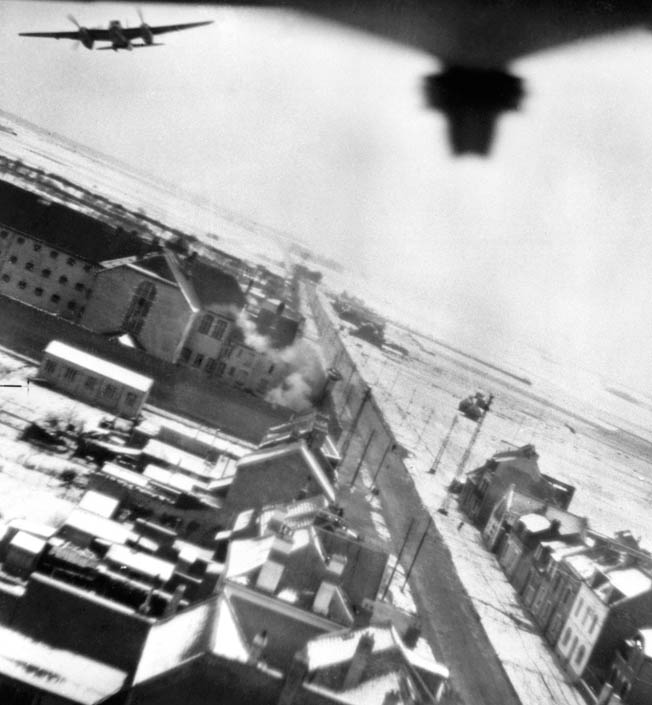
The de Havilland firm designed the prototype at Salisbury Hall, a country moated house located southwest of Hatfield that was once the home of Winston Churchill’s American-born mother. In fact, young Winston had often fished in the moat and a pike, one of his reported catches, was mounted on a bathroom wall. C.T. Wilkins, one of the plane’s designers, contended that the pike’s sleek lines influenced the lines of the Mosquito’s fuselage.
The prototype was completed in October 1940 as the determined British were preparing for a possible invasion by Hitler’s forces, and just months after being forced off the Continent at Dunkirk.
The oval section of the fuselage was built in two halves with the joint running along the vertical center of the plane. It was a sandwich-type composition, with a cedar plywood-balsa-cedar stressed-skin construction. Much of the controls, plumbing, and electronics were installed before the two halves were joined, thus greatly simplifying the construction. The two halves of the fuselage were then glued, placed in a jig, and tightly clamped together. There were seven reinforcing bulkheads to further strengthen the structure.
Then the underside of fuselage was cut out to accommodate the one-piece wing. The rudder and elevator were aluminum with covering fabric similar to the rest of the plane. The spring-loaded rudder was ingeniously designed in such a way that the Mosquito could be easily flown on one engine without continuous course corrections by the pilot.
It was not an overly complicated plane. In fact, the two undercarriage units were identical and interchangeable, with rubber blocks providing shock absorption. This eased both production and maintenance of the aircraft. The plane was powered by two Rolls-Royce Merlin 12-cylinder, liquid-cooled engines mounted in steel frames to the front of the wings and to the front structure of the undercarriage; the engines’ radiators were located in the leading edge of the wings. Some of the variants of the plane were eventually capable of cruising speeds of 300 miles per hour and maximum speeds of 425 miles per hour, making it the fastest plane available to the Allies between 1941 and 1944.
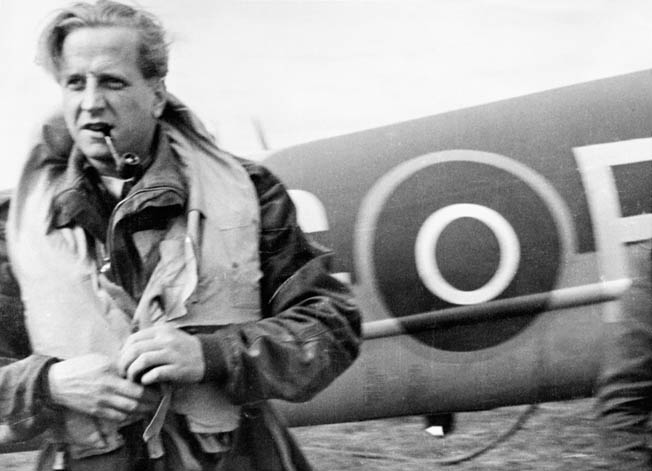
The innovative design concepts did not stop there. The designers realized that the plane’s comparatively great speed could present difficulties, especially the need to decelerate after intercepting an enemy aircraft. That’s when the Mosquito needed to slow rapidly to the target craft’s speed to provide time for the Mosquito pilot to take aim.
Several deceleration attempts were made using a bellows-operated, segmented air brake encircling the fuselage somewhat like an open fan. This was found to create substantial buffeting to the Mosquito and its crew. Further study revealed that the same effect could be achieved simply by lowering the undercarriage, so the air-brake idea was shelved.
The prototype took to the air on November 25, 1940, with Geoffrey de Havilland, Jr., the firm’s test pilot since 1937, taking a short flight. A few hours later he was joined by John Walker, the engine installation designer, for a 30-minute flight that reached a speed of 220 miles per hour. The trials continued and, by spring 1941, the plane was capable of 388 miles per hour at 22,000 feet, with only minor adjustments needed to improve engine cooling and its tail wheel shock absorption.
Standard armament on the plane included four 20mm British Hispano cannons under the cockpit floor and four .303-inch Browning machine guns in the nose, with the bomb load expanded during the war. The plane also could be fitted with rocket projectiles and depth charges, depending on the mission.
In subsequent years of combat, the strikingly sleek plane proved “it could withstand a severe hammering,” noted author Jack Fishman, “and remain in one piece even after rough battle damage. There were countless cases of Mossies flying through intense heat of exploding aircraft with no worse effect than superficial charring, blistering, and stripped fabric on control surfaces.”
The Mosquito’s wooden structure often proved to be a godsend, especially in war-torn areas. Those returning to Malta from low-level runs over Italy, for example, were often quickly repaired in a make-do fashion using wood from cigar boxes, old tea chests, or pieces of already damaged bomb doors. Even a local coffin maker was called upon to help repair the aircraft, notes one writer.
The plane proved to be one of the few two-engine combat aircraft in the war capable of a single-engine take off with a full load. Its single-engine performance in general was especially good, thanks to the spring-loaded rudder.
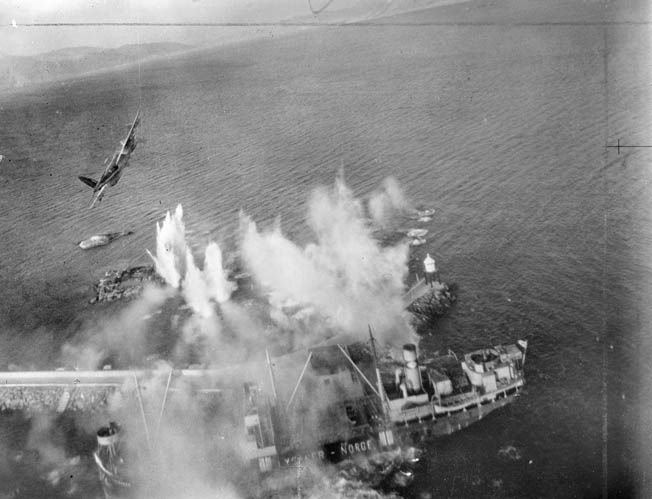
The Mosquito proved not only strong and reliable, but exceptionally versatile as well. The first ones to make operational sorties over enemy territory were photo-reconnaissance (PR) planes. Those prototypes were ordered January 11, 1941, and they carried three vertical cameras and one oblique one.
The first operational sortie by a Mosquito occurred September 17 of that year when a PR variant took off from Benson and over flew Brest, the French frontier with Spain, and then over Paris before it returned to base. In the process of its rather long maiden combat run, the plane managed to outpace three Bf 109s sent to intercept it.
The Mosquito proved very adept at PR and by May 1942 it was making runs deep into the continent, ranging as far north as Narvik in Norway and eastward to the arms factories in Pilsen, Czechoslovakia. The plane also was used to keep an eye on German naval bases and naval activity, and to identify enemy radar facilities.
With the addition of fuel tanks in the bomb bay and with the assistance of the Soviets, the British made a number of single-day round trips to Russia, beginning with a July 8, 1942, flight to photograph the battleship Tirpitz after landing and refueling at Murmansk. It was flights by PR “Mossies” that confirmed the V-2 rocket test facilities at Peenemunde in spring 1943 that resulted in the heavy Allied bombing attack on the site that August which substantially disrupted German timetables.
The bomber version of the Mosquito—the “B.IV Series”—was first contracted in July 1941. This variant was quickly modified to handle two 500-pound bombs. It took to the air in November of that year, putting on a spectacular display that foretold the Mosquito’s eventual replacement of the much slower and more venerable Blenheim bomber.
The bomber variant made a daring daylight raid on Cologne on May 31, 1942, and handled two raids on the U-boat facilities at Flensburg and another raid on Berlin before tackling a successful low-level attack on Gestapo headquarters in Oslo on September 25. The Mosquito proved so versatile that the Brits were able to execute high altitude attacks on clear days and low-level attacks on overcast days.
As the war progressed and the Mosquito revealed its true characteristics, a more complicated and sophisticated system was developed that combined shallow dive and low-level attacks to confuse German defenders. Ground defense units would be tied up combating low-level attackers while a second flight would approach and climb to 2,000-feet before making a shallow dive on the target before heading home at tree-top level.
Mosquito bombing raids on Berlin and the Zeiss optical works at Jena deep inside Germany during 1943 and elsewhere lent credence to the pre-war view that a largely unarmed speedy bomber could penetrate enemy territory with little concern for interception. The Mosquito bombers, according to M.J. Hardy, eventually achieved the lowest loss rate of any British Bomber Command plane during the war—0.63 percent compared with the Lancaster’s 2.13, the Blenheim at 3.62, and the Stirling at 3.81 percent.
Methods and technology continued to advance during the war, and by mid-1942 radar was being used as a bombing aid on selected Mosquitoes. It was used for a December 20, 1942, raid on a power station in Lutterade, Holland. The system enabled pilots to accurately bomb through cloud cover at night, such as a direct hit on the lock gates at Dusseldorf from 29,000-feet. The system also enabled the speedy Mosquito to serve as a pathfinder, dropping target markers well ahead of a main armada of heavy, four-engine bombers.
The Mosquito continued to impress both its designers and the airmen flying it. R.E. Bishop, the plane’s chief designer, began tinkering with the notion that the plane might be able to handle the 4,000-pound cylindrical bomb nicknamed “Cookie.” It could be done, he believed, by modifying the bomb doors and strengthening the craft’s main structure. Further study showed that additional changes were needed and, in the end, several “Cookies” were dropped from the twin-engine plane.
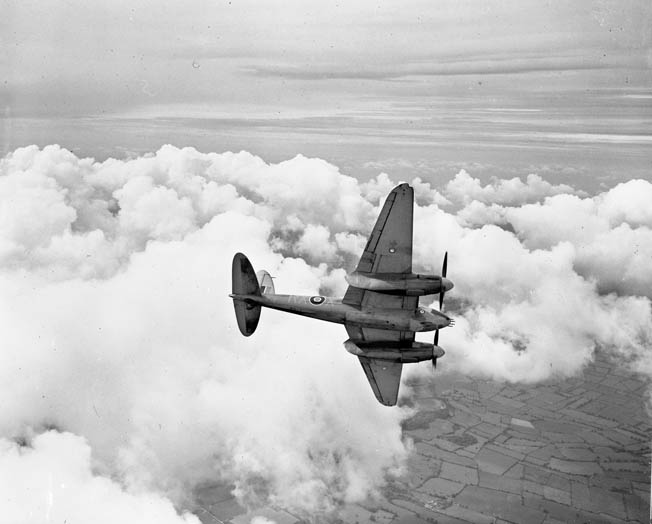
By the end of 1940 the British had begun eyeing the Mosquito as a possible fighter rather than a bomber. They realized a need for a faster and better-armed fighter than the Bristol Beaufighters, and needed a long-range fighter to go nose-to-nose with the Fw 200 Condors then raking Atlantic convoys and calling in locations of Germany’s deadly U-boat wolf packs so the Royal Navy and RAF aircraft could attack them.
By mid-May 1941, the F.II fighter prototype took to the air. Its armament consisted of four .303 Browning machine guns and the two Hispano cannons. The fighter featured strengthened wing spars, a flat, bulletproof windshield, and an armored bulkhead in the nose. Many of these fighters were modified with Mk V radar and used as night fighters when the first night-fighter squadron took to the air in mid-April 1942 at RAF Debden in Cambridgeshire. Soon flash eliminators were developed for the nose machine guns to prevent the pilot from being temporarily blinded when the guns fired at night.
The British even fitted some night fighters with a powerful airborne searchlight that provided 2,600 million candlepower from a dozen 24-volt batteries mounted in the front. The searchlights were soon replaced when the more effective night radar system became available.
Radar, coupled with under wing drop tanks or bombs, enabled the Mosquito to morph yet again to become an intruder and bomber escort with a flight endurance of nearly six hours. The British also managed to introduce a nitrous oxide injection system that temporarily boosted the plane’s speed by more than 45 miles per hour to either gain on a fleeing opponent or to evade an oncoming attack.
It was the fighter-bomber variant that was used for the Amiens attack as well later attacks on a Gestapo facility in the Hague, and Gestapo headquarters in Jutland and Copenhagen. This led to another nickname for the plane: “The Gestapo Buster.”
The Mosquito picked up additional monikers during the war, such as “Flying Furniture,” referring to cabinet-maker builders, and some Americans referred to it as “the hollowed-out log.” Some laughingly contended that if the Mosquito came apart in the air, it would fall to earth as thousands of matchsticks and copies of the Daily Mail newspaper.
The plane also saw action in the Far East, reigning down havoc on Japanese positions and their over-extended supply lines. The region’s high humidity did necessitate the use of a stronger glue to help prevent delamination. In a number of cases the older and slower but traditionally built Bristol Beaufighter was called back into action in the Far East, effectively replacing the plane that had replaced it.
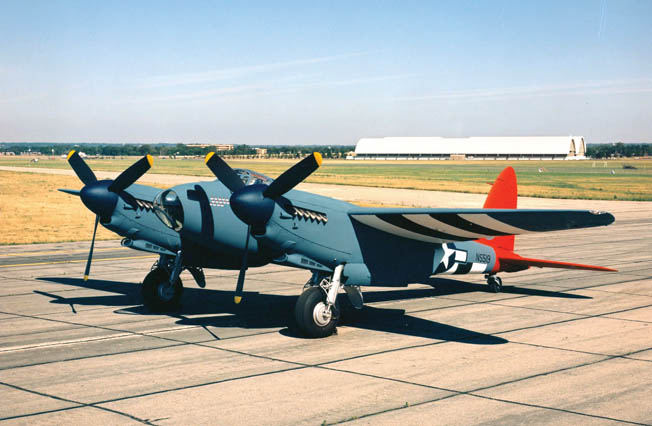
The versatile Mosquito was pressed into service for several other specialized endeavors during the war, including an August 17, 1943, flight to Sweden. Two passengers, carried in the bomb bay of separate Mosquitoes, negotiated Britain’s purchase of Sweden’s entire supply of export ball bearings just prior to the arrival of a German team that had planned to do the same thing.
This led to additional flights in specially outfitted planes, with the passenger lying on a mattress in the bomb bay that was fitted with electric lights, temperature control, and an intercom link to the pilot. VIPs who took such trips to and from Sweden included Danish nuclear physicist Niels Bohr and Sir Kenneth Clark.
One particular potent version of the Mosquito was designed for anti-shipping and anti-U-boat strikes. The standard four 20-mm nose cannons were replaced with a single 57mm six-pounder Molins or Vickers G cannon capable of firing 75 rounds in 60 seconds. The crew and the Merlin 25 engines were protected with additional armor and the retention of four machine guns. They managed to include an additional 65-gallon fuel tank in the fuselage and two 100-gallon drop tanks to this specially modified craft which rained havoc on U-boats in the Bay of Biscay, forcing the Germans to reposition much-needed flak ships and fighters to that area.
The Mosquito was even adapted so that it could be used as a carrier-based plane that would provide the Royal Navy with greater range over the horizon and faster striking capabilities. With some modifications, the result was the Sea Mosquito, which featured folding wings for carrier duty, but the development came too late for use in the war.
The Mosquito proved so effective and durable that limited production continued even after the war; the planes continued to be used by the Royal Air Force for several years, along with Swedish, Turkish, French, Israeli, and Dominican air forces, to cite just a few.
Although not quite as speedy as the first generation jet aircraft, the Mosquito offered greater range and better fuel economy in a combat-proven and exceptionally versatile airframe.
The Mosquito became one of the most devastating fighting machines in World War II and, as a night fighter alone, it accounted for more than 600 German raiders, according to one researcher.
The Mosquito’s versatility—coupled with airborne radar—played a crucial role in sweeping enemy aircraft from the skies over Allied territory while taking the fight directly to the Axis powers via attacks on vital Japanese shipping to snagging vital Swedish ball bearings from the war-torn Germans.
Throughout the war and afterward, the Mosquito continued to live up to its reputation as “The Wooden Wonder.”
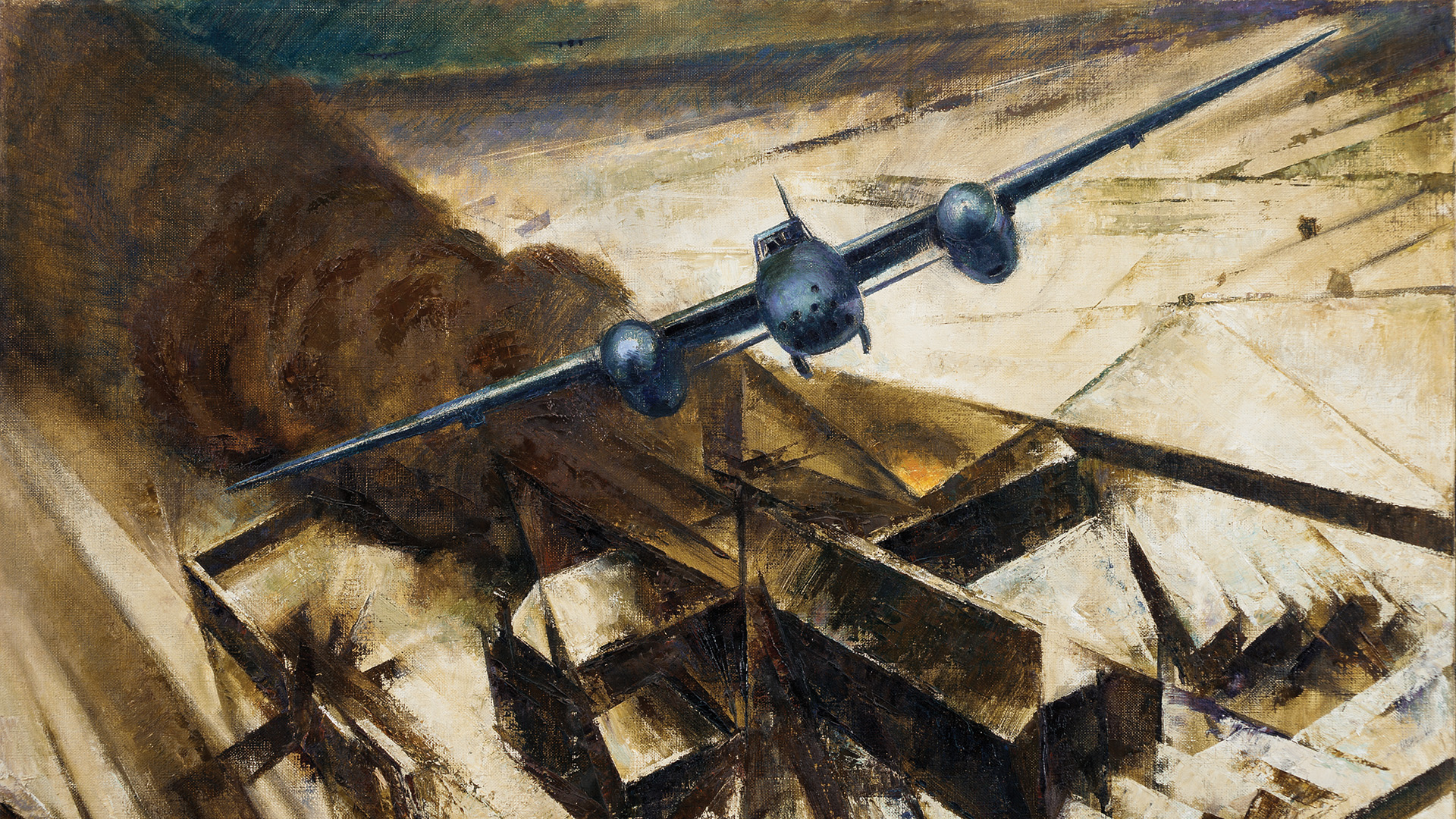
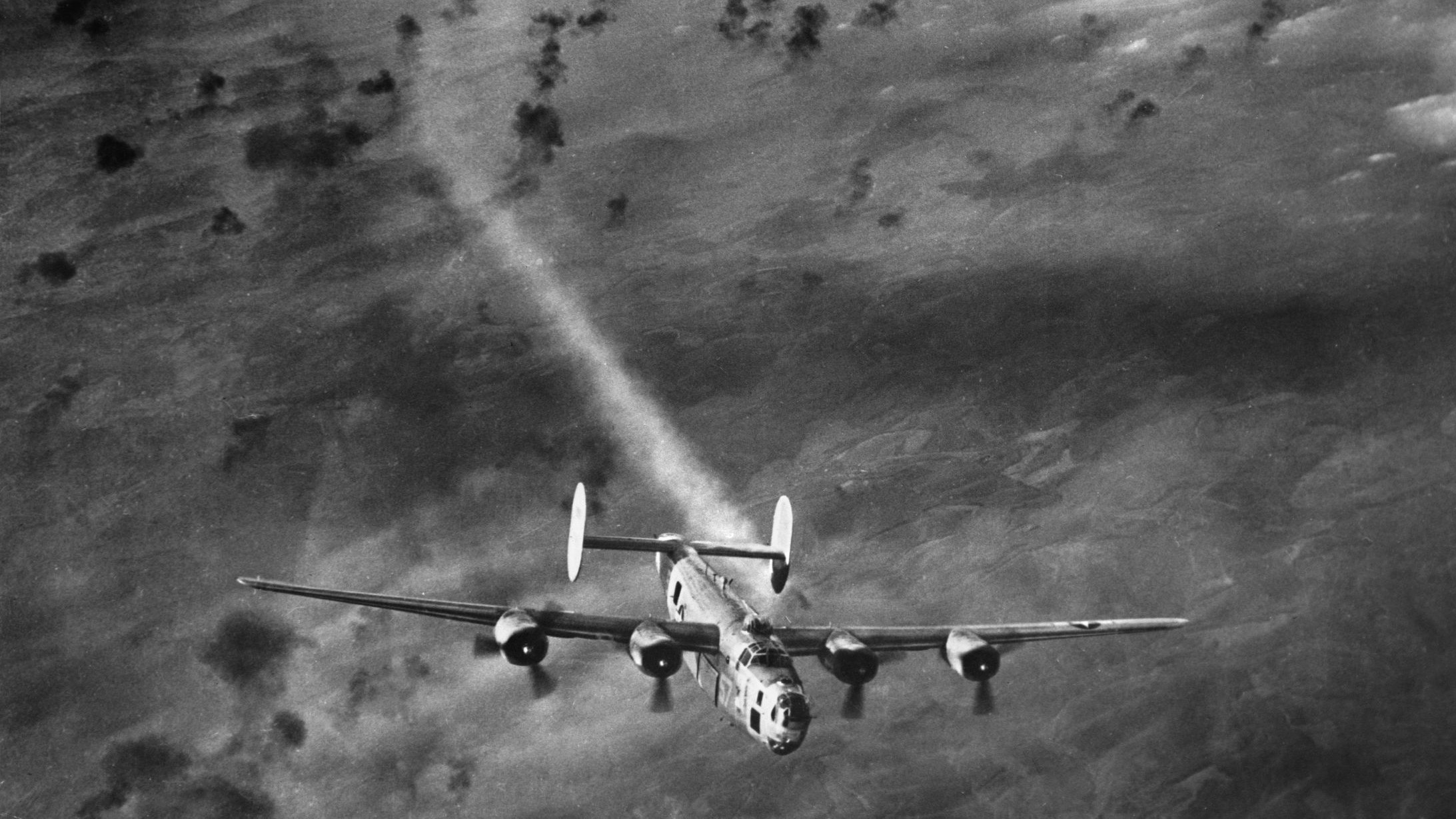
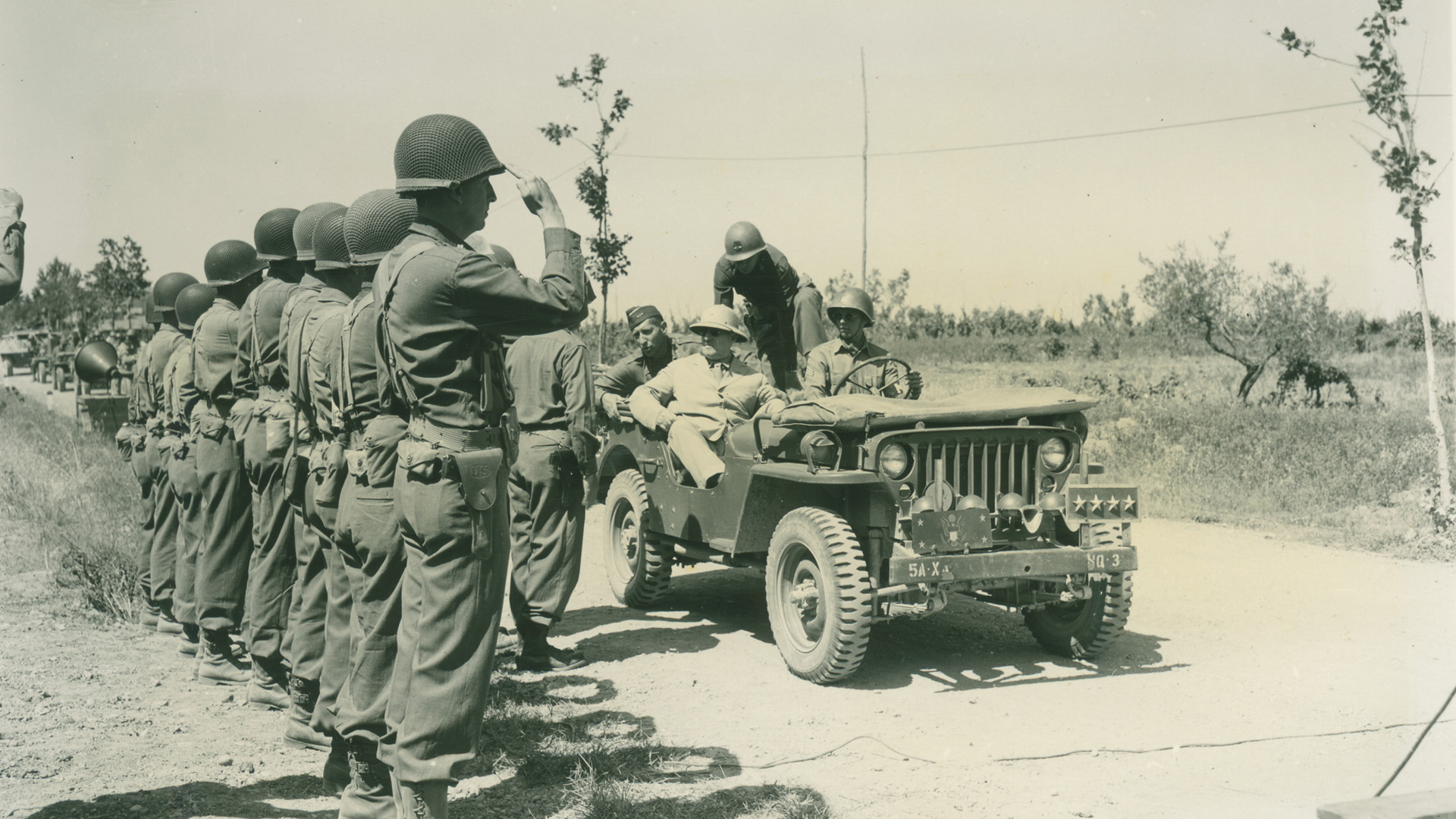

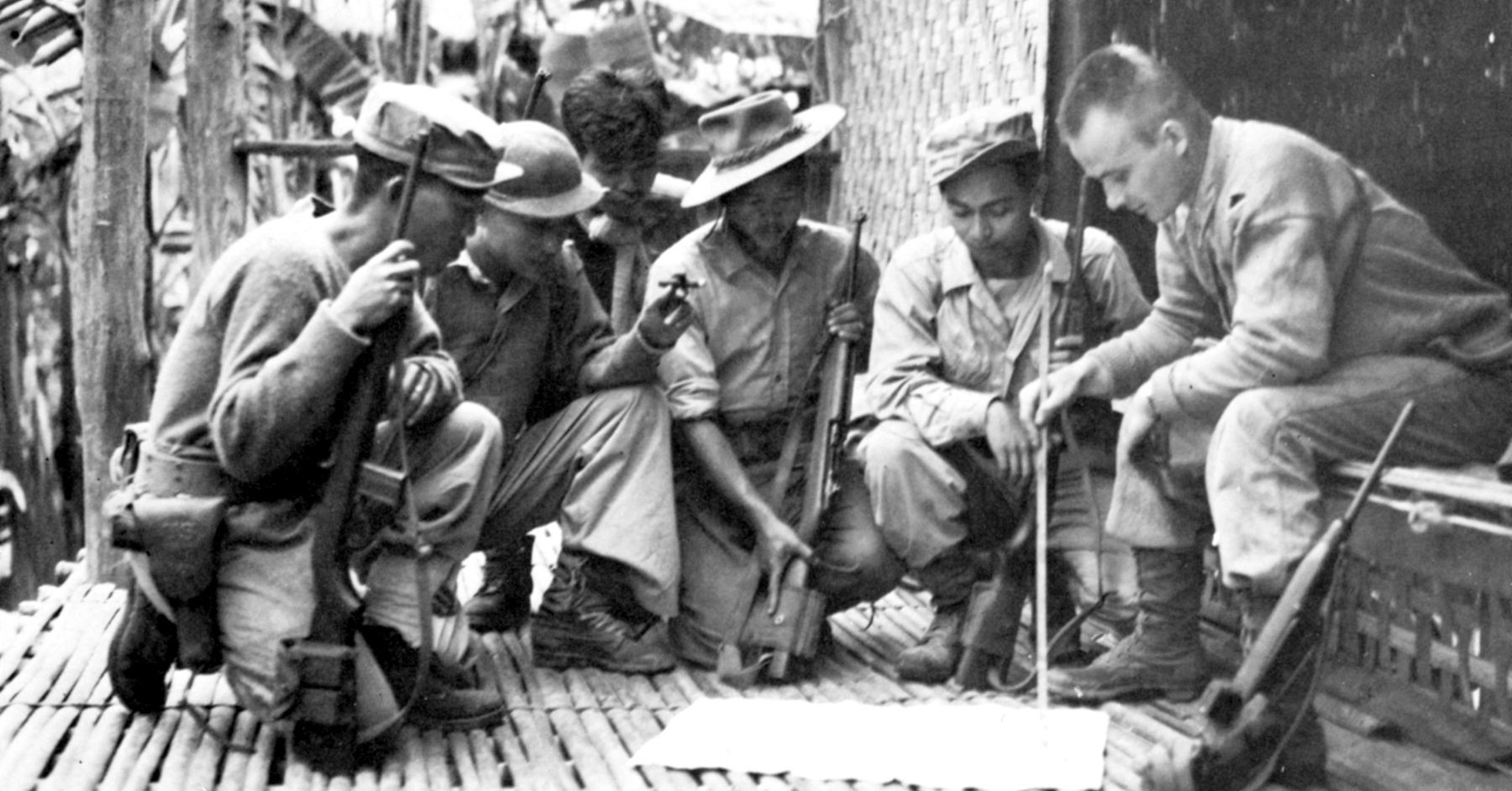
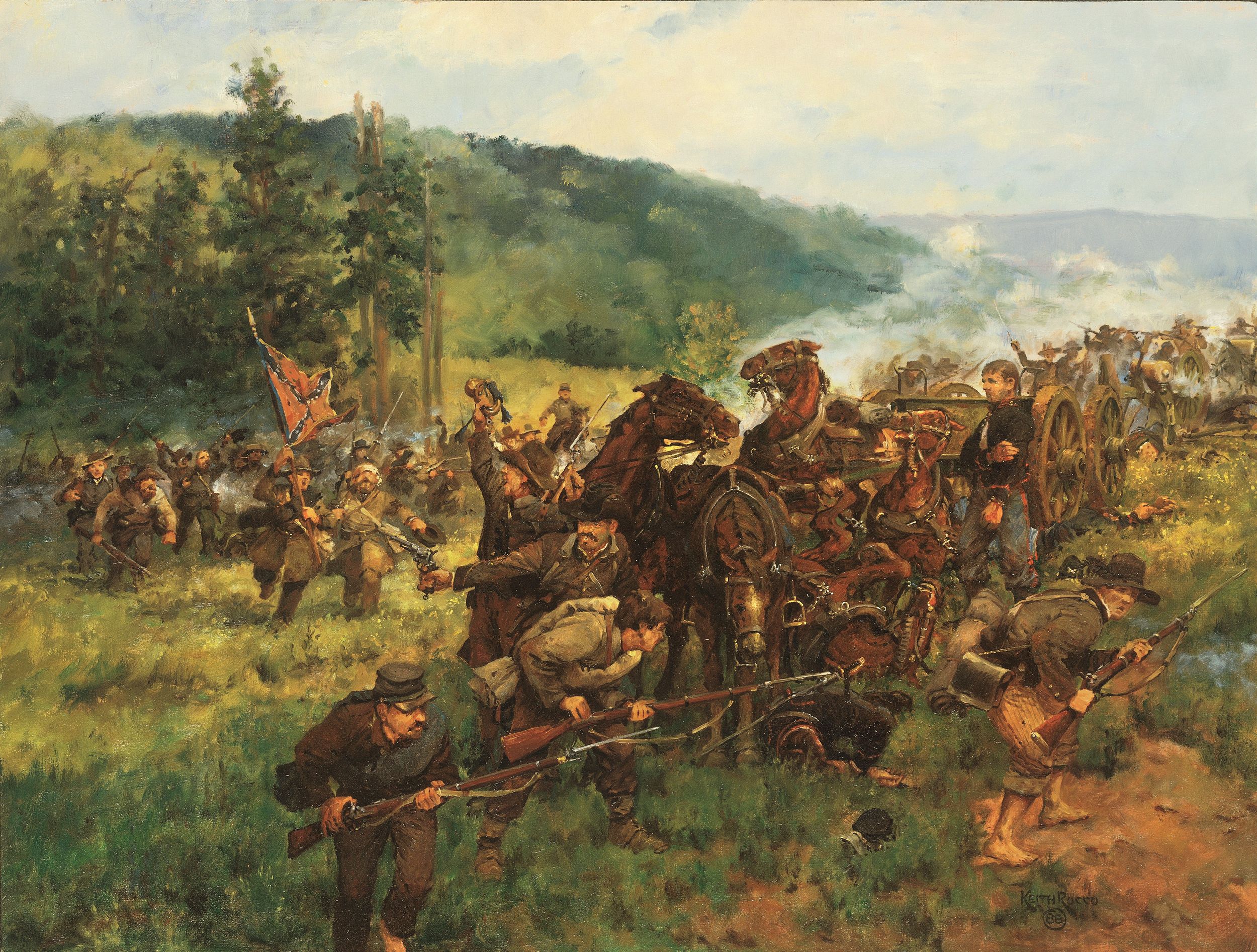

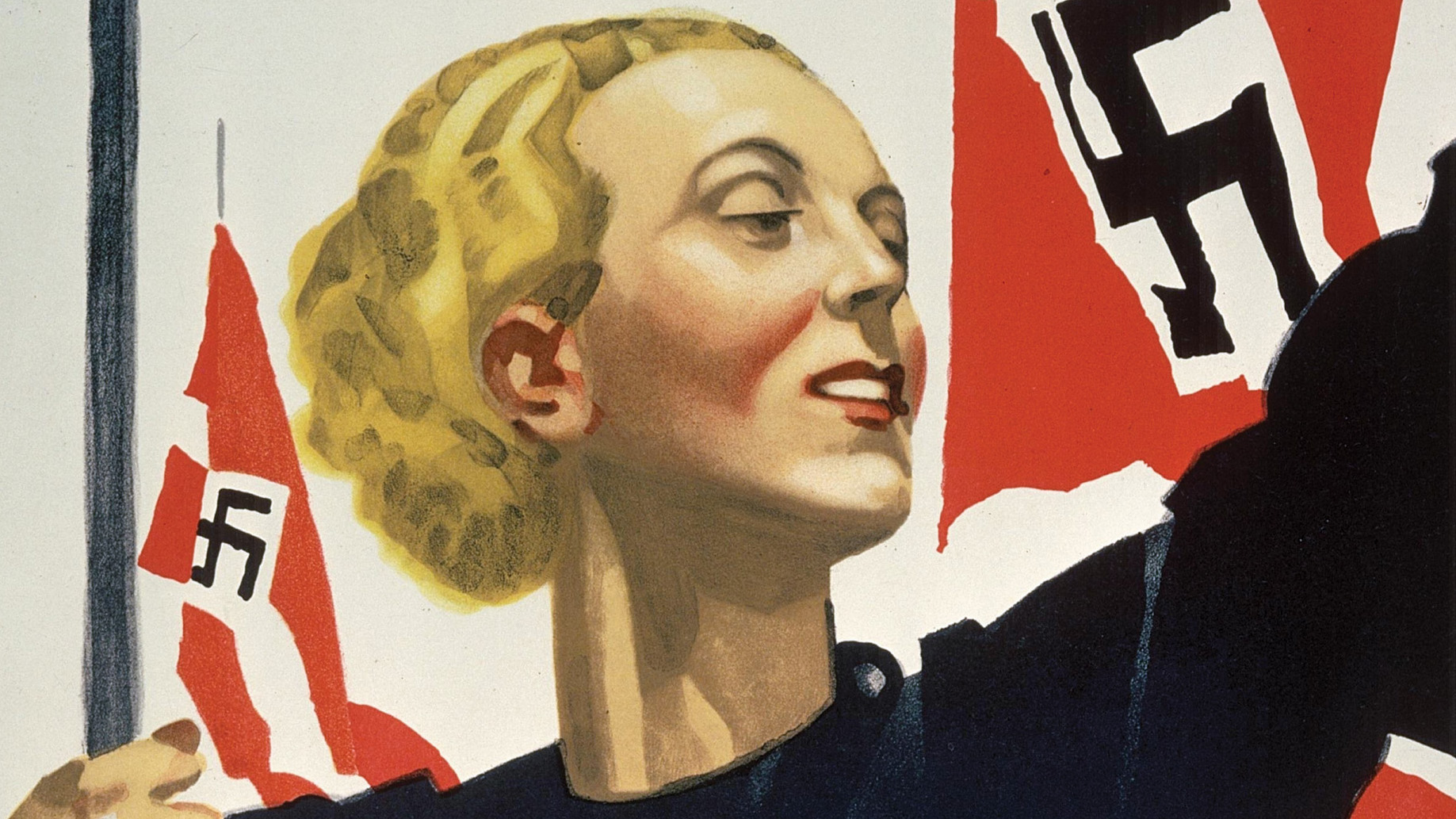
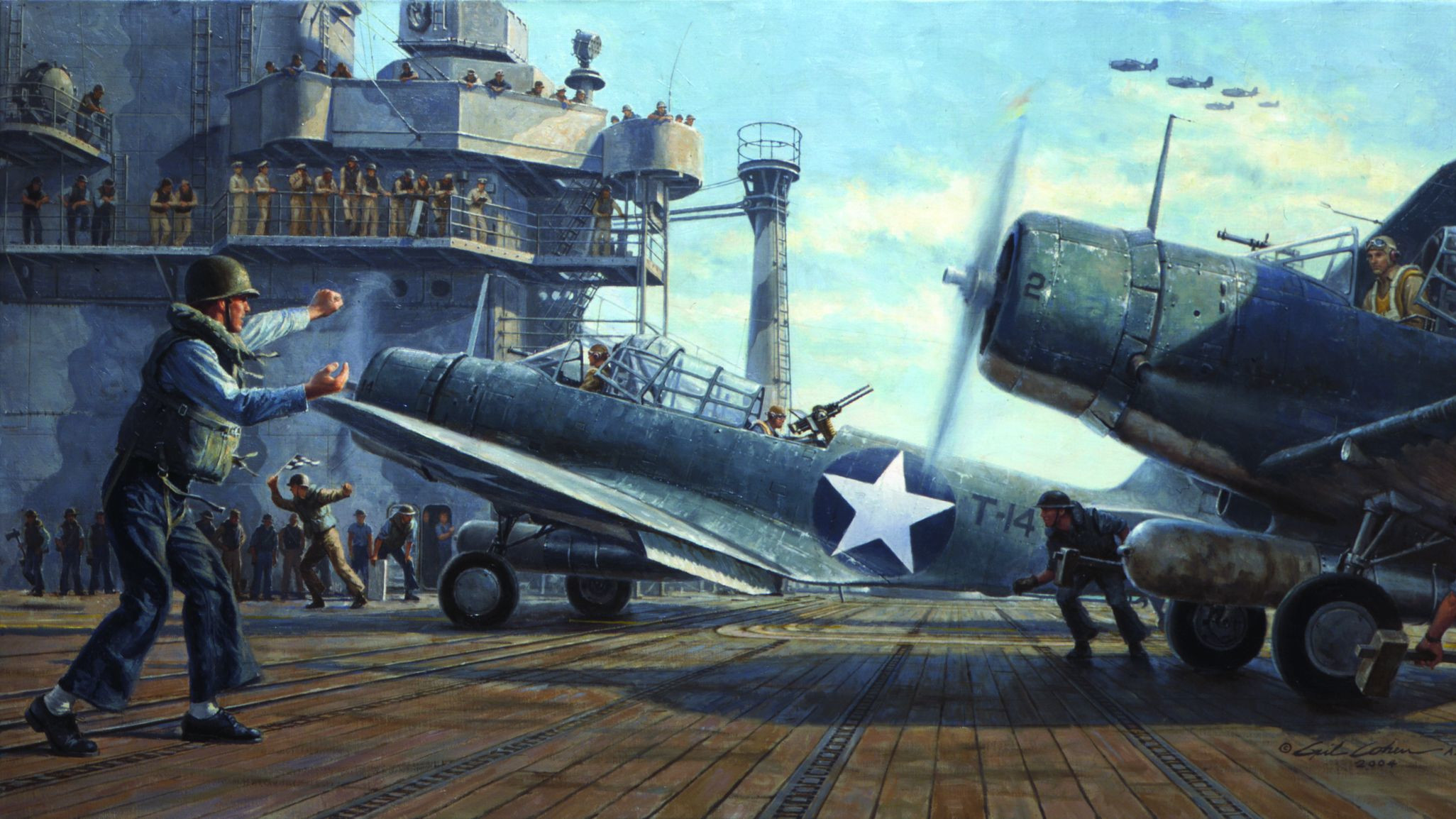
Join The Conversation
Comments
View All Comments